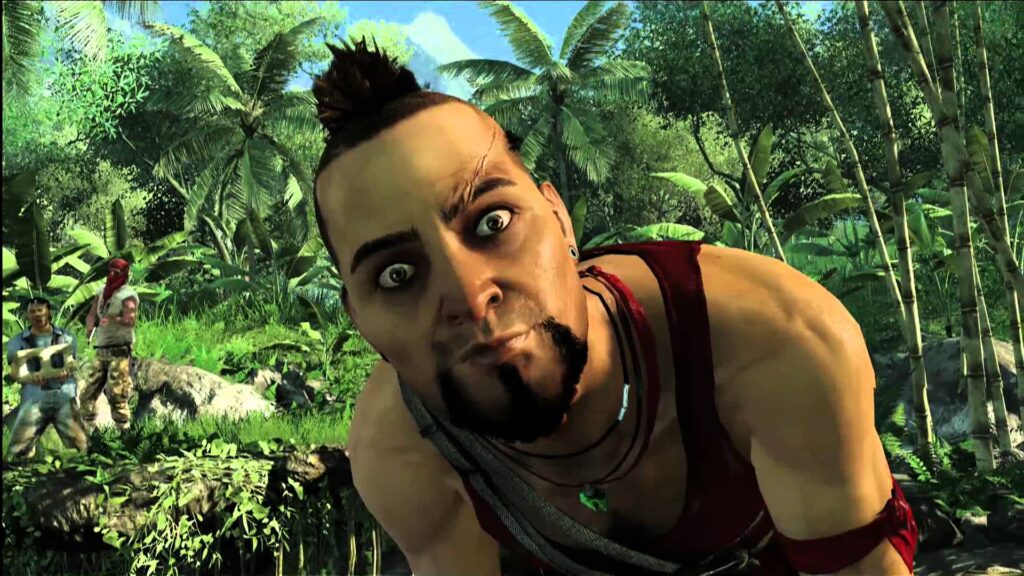In parts one and two of this series, we analyzed subtitling and voice-overs in gaming, films, and TV. We conclude the series with a look at ‘dubbing.’
Now, dubbing is very often mistaken for ‘voice-over’, but the two are, in fact, quite different. In its simplicity, dubbing is where the dialogue is tailor-made to match the on-screen characters’ lip movements.
As you can imagine, the task is made even harder when the dialogue is to be translated. This is because the localization team must not only render a text that conveys all the important details of the original, maintaining fidelity, but the team must also ensure that the dialogue is equal in length to the original, so that the lip-syncing matches up.
What Effect Does the Use of Dubbing Have in Video Games?
Well, you see, if subtitling helps promote fidelity to a game, film, or TV series’ setting – ensuring the audience stays immersed in that world and culture – and if voice-over accentuates a game’s quirky, unrealistic values, dubbing helps to develop the audience’s emotional connection to characters. It brings Arthur Morgan to your doorstep, knocks on your door, and tells you a story when you answer.
Game characters elicit emotions. And those emotions we feel are all unique and personal to us. Sometimes, characters make us feel inspired, like Lara Croft or Kratos. Other times, they make us angry, like Dutch van der Linde or Vaas Montenegro. Sometimes, they even – using Joel from The Last of Us as an example – give us someone we can relate to when dealing with issues like trauma, depression, and loneliness, which may be extremely beneficial to aid healing. Though the characters are fictional, the emotions we feel are real. This is because games deal with real-world issues.
However, the power of Arthur Morgan’s final, sad scenes would be shattered without the game’s gut-wrenching writing, incredible voice acting, and impeccably timed lip-synching that made for a quality, immersive dubbing experience.

Why Would We Choose Dubbing Over Subtitling or Voice-Over?
As the gaming and CGI industry has evolved, dubbing has improved in quality. One great way of determining that media has been well dubbed is to watch a video of a scene in different languages and not be able to decide which version is best. A good example of this is the video game Sekiro: Shadows Die Twice, where all the dubbed versions were lauded by different fans.

Another example is the upcoming Super Mario Bros film. Fans have been quick to praise Jack Black’s performance as English-speaking Bowser. However, equally, there has been a lot of excitement and praise heaped on the French version – French Mario, for example, is reminiscent of Charles Martinet’s version (the voice actor of Mario in the games).
The Takeaway
To conclude our series, we all can attest that language is extremely powerful. As is the way we deliver it to our audiences worldwide. The take-home message behind these three blogs is that, whether it be subtitling, voice-overs, or dubbing, they all bring something different to our games, films, and TV series. Each one is special and unique in its own way – much like the games, films, and TV series that we play, watch, and love.



